The verdict: Incredible balance and a new turbocharged four-cylinder engine make the 718 Boxster two-seat convertible a joy to drive.
Versus the competition: The 718 Boxster’s mid-engine, rear-wheel-drive setup makes it unique among competitors.
For the Boxster's 20th birthday this year, Porsche gave it a revised name and a full redesign. The 2017 Porsche 718 Boxster has revised styling and interior technology, plus two new engines. The engines are turbocharged horizontally opposed four-cylinders, replacing the naturally aspirated flat-six-cylinders found in all previous Boxsters. Compare the 2017 718 Boxster with last year's model here.
The new engines give the 718 Boxster even more performance, making an already engaging car even sharper. The Boxster competes against the Audi TT and Mercedes-Benz SLC-Class, as well as its fixed-roof stablemate, the Porsche Cayman coupe. Compare the Boxster with those vehicles here.
What We Tested
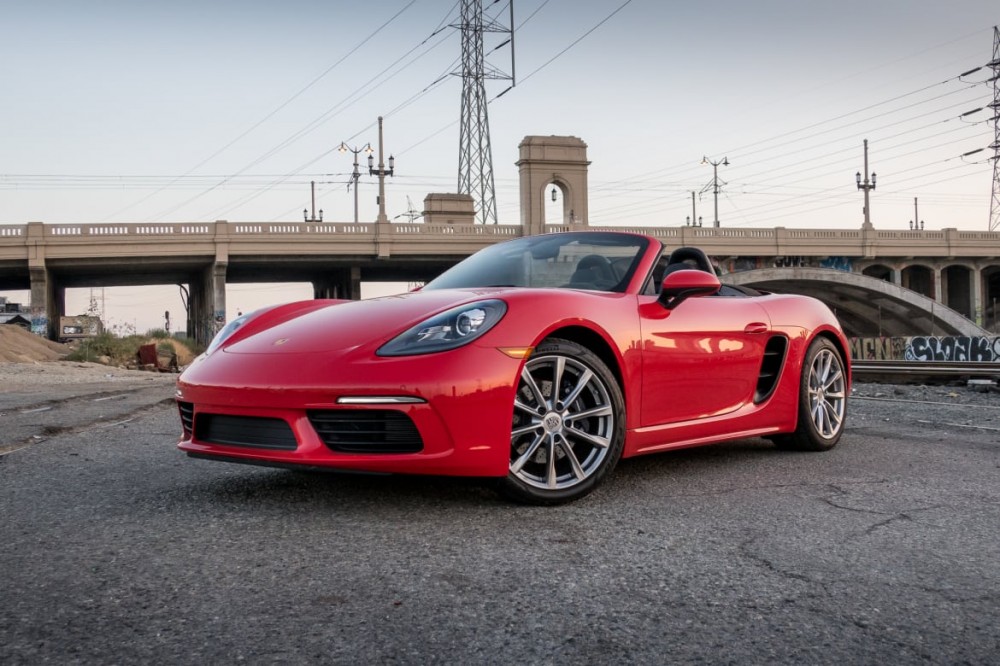
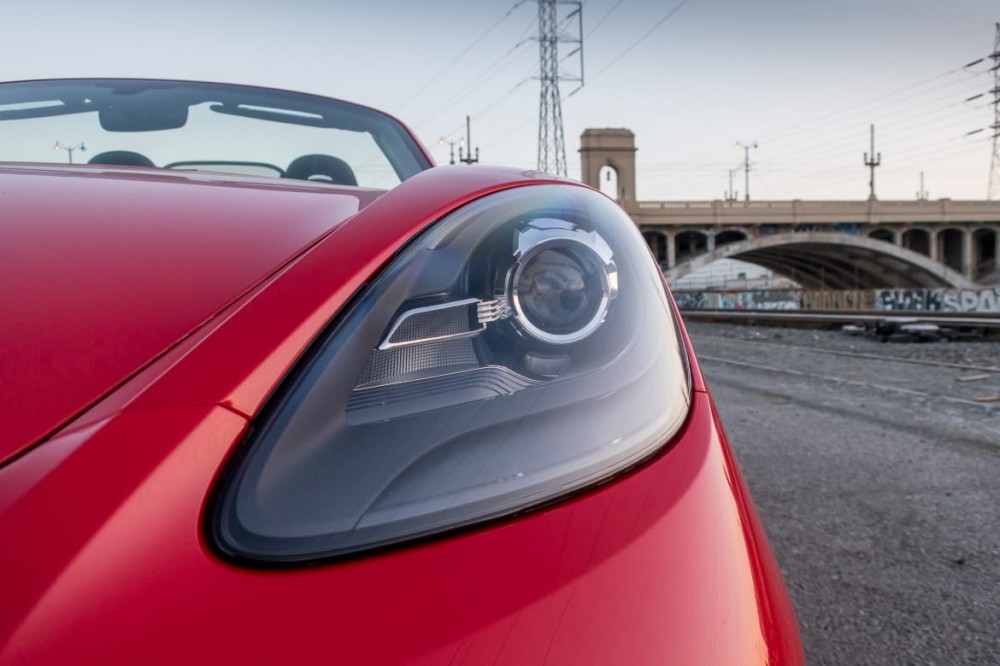
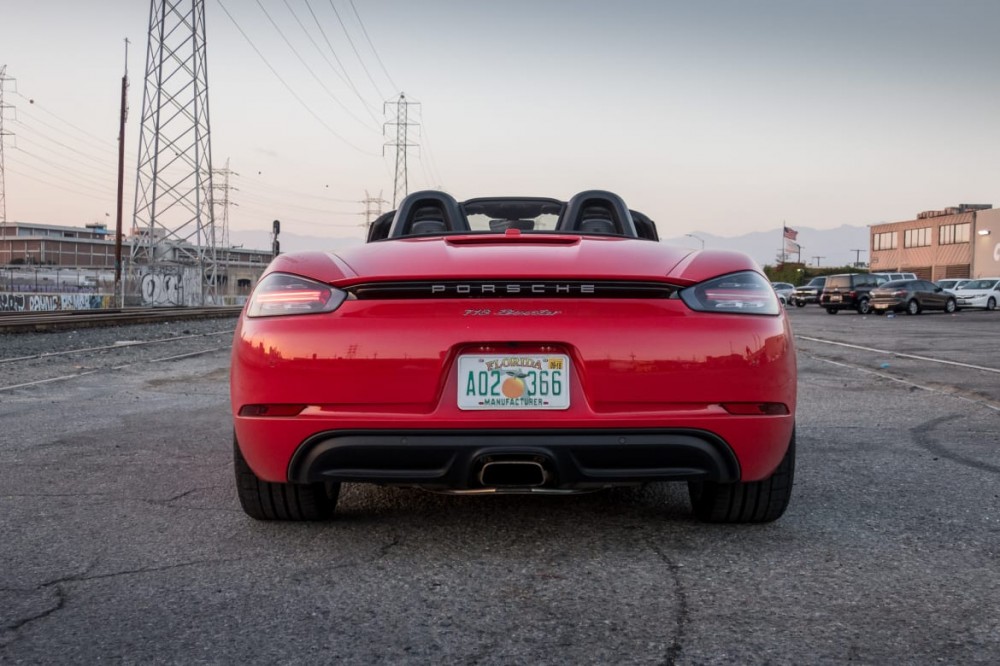
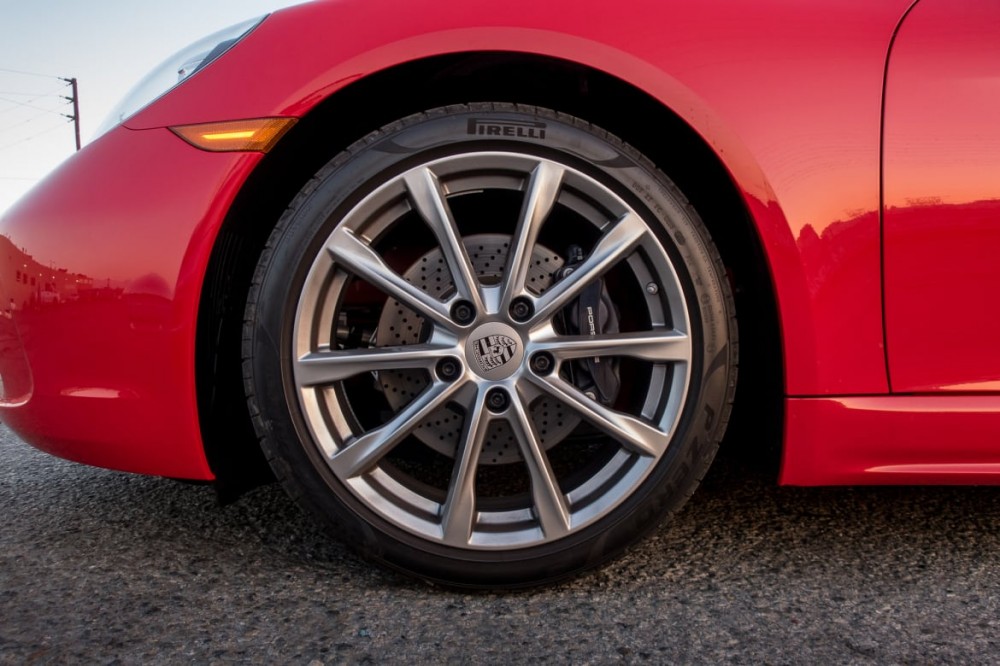
The 718 Boxster starts at $57,050 (including destination charge) with a six-speed manual transmission, but it goes up quickly from there given Porsche's preference for offering features a la carte rather than bundling them into packages. My test vehicle had too many options to list individually, but here are the major ones:
- Seven-speed automatic transmission
- Porsche Active Suspension Management: $1,790
- Porsche Torque Vectoring: $1,320
- Sport Chrono: $2,605
- Heated seats: $530
- Navigation: $1,730
- Porsche Connect Plus smartphone connectivity: $1,300
- Two-way powered sport seats: $800
- 19-inch Boxster S wheels: $1,970
Add it all up and my test car cost $73,125. The more powerful 718 Boxster S starts at $69,450.
New Engines
Porsche said that to hit its power and performance goals for this new Boxster without a turbocharged engine, it would have had to significantly increase the displacement of the existing engines. The twin-turbocharged flat-six used in the 911 Carrera wouldn't fit, either, so the choice was made to downsize and add forced induction.
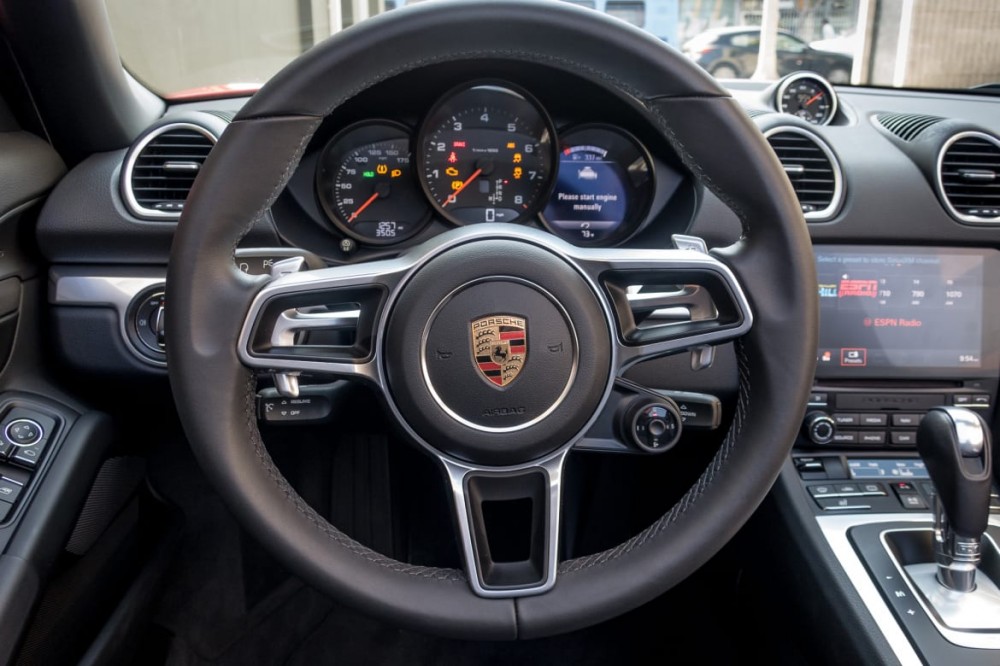
Just because the new engines are smaller, however, doesn't mean they're any less potent. In fact, they're more powerful: The 718 Boxster features a 300-horsepower, turbocharged 2.0-liter flat four-cylinder engine that makes 280 pounds-feet of torque, an improvement of 35 hp and 74 pounds-feet of torque compared with last year's Boxster. The 718 Boxster S comes with a 350-hp, turbocharged 2.5-liter flat four-cylinder that makes 309 pounds-feet of torque. Both cars have rear-wheel drive and the same transmission options: a standard six-speed manual or optional seven-speed PDK automatic.
The power gains for the 718 Boxster, combined with the fact that the new engine is more responsive and offers more low-end torque, means the new base Boxster is just as quick from zero-to-60 mph (4.5 seconds) as last year's Boxster S when both are equipped with PDK, Porsche says. The new 718 Boxster S makes the same sprint in 4.0 seconds.
The move down to smaller engines hasn't benefitted fuel economy as much as performance. The 718 Boxster gets an EPA-estimated 21/28/24 mpg city/highway/combined with the manual transmission, 22/29/25 mpg with PDK. The 718 Boxster S checks in at 20/26/22 mpg with the manual, 21/28/24 mpg with PDK. For the 718 Boxster, these figures match the combined ratings for last year's model exactly (not for the 718 Boxster S). Premium fuel is required.
How It Drives
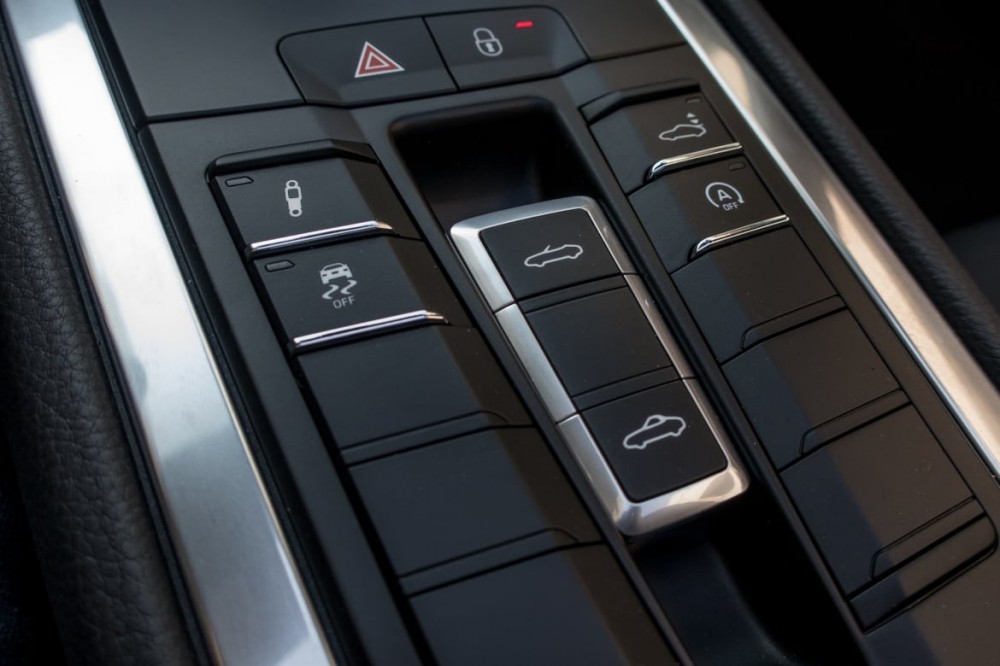
The new engines add power, which is appreciated, but what distinguishes the 718 Boxster is still its handling. The car's construction gives it a leg up when it comes to balance; having the engine mounted in the middle of the car puts a lot of weight in the center of the vehicle, which keeps it composed through corners. Add the two chassis systems on my test car (active suspension management and torque vectoring), and the 718 Boxster is an impeccable canyon-carver.
The torque-vectoring system works in concert with the rear axle's mechanical differential lock to brake the inside rear wheel when cornering at high speed andshift more power to the outside wheel. This improves the precision of turn-in, as the outside wheel essentially helps steer the car into the turn. It has real impact; the 718 Boxster dives into corners headlong, with great enthusiasm. Combined with an updated steering system (standard on all 718 Boxsters) that has a quicker ratio (it was lifted from the 911 Turbo), it makes the whole car feel responsive and agile.
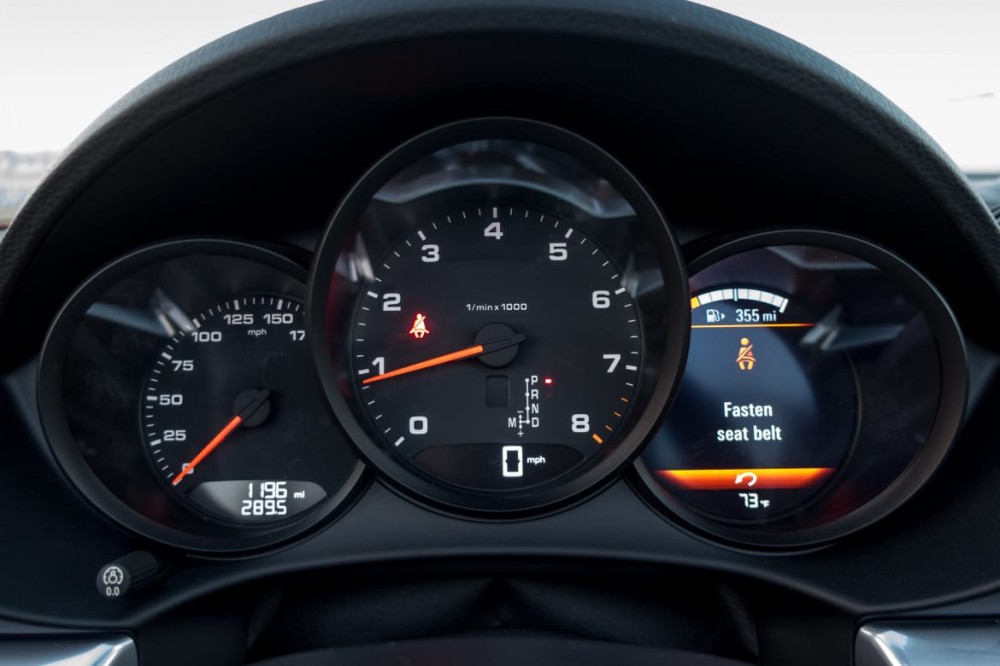
The adaptive shock absorbers also work magic, dropping ride height 0.39 inch (0.78 inch in the Boxster S) and providing two suspension settings, Normal and Sport. In Normal mode, the suspension is more pliant and rides well over road imperfections. It's stiffer than your average car but definitely livable for everyday driving. Flip it into Sport mode, however, and the shocks stiffen up noticeably as the 718 Boxster stays even more neutral on turn-in. Even in moments when you feel like the car should start to step out or be out of balance, it stays preternaturally flat. Sport isn't the mode I'd choose for a commute or a highway, but if you're on a twisty road and looking for some fun, it's perfect.
Add the two chassis systems on my test car (active suspension management and torque vectoring), and the 718 Boxster is an impeccable canyon-carver.
Drawbacks
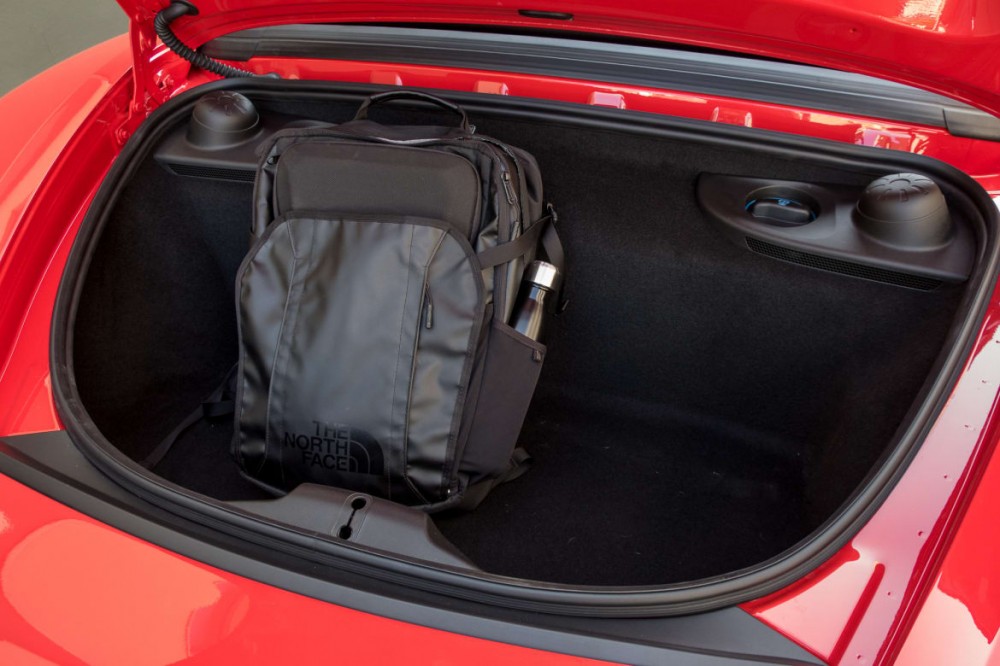
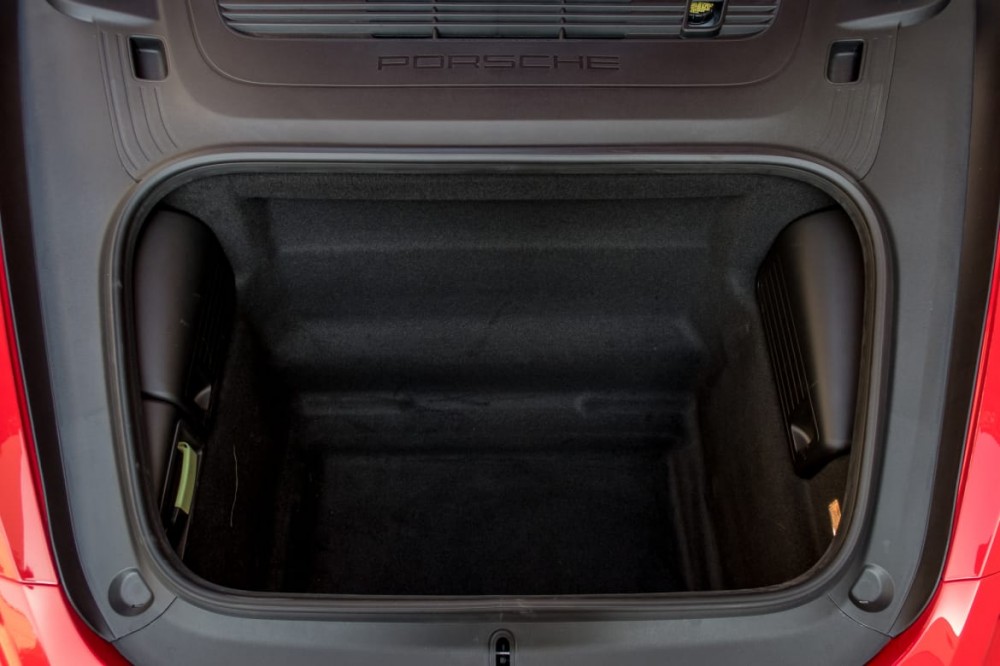
As good as the 718 Boxster is in the performance aspect, it is not without what we'll call compromises, to be gentle. (If we're not being gentle, they're drawbacks.)
Cargo room is small. There are two trunks, a 5.3-cubic-foot trunk up front and a smaller 4.4-cubic-foot area in the rear (remember, the engine is in the middle, behind the seats). That amounts to 9.7 cubic feet total. Not a bad number for a car this size, but being divided brings limitations. For example, the rear cargo area won't fit a roll-aboard suitcase; it'll have to go in the front trunk — and yes, only the one will fit.
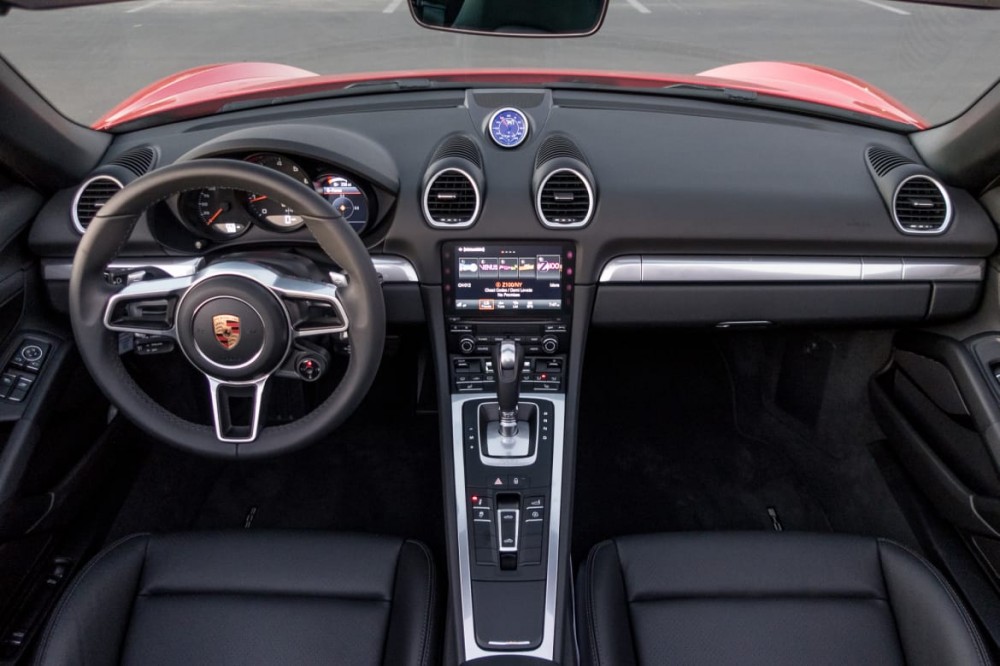
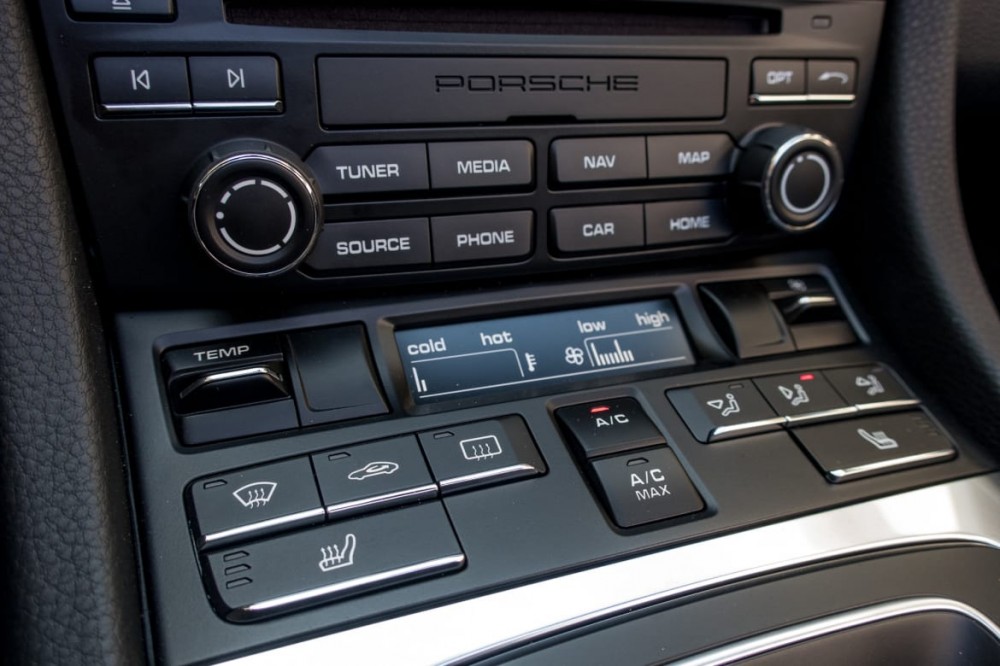
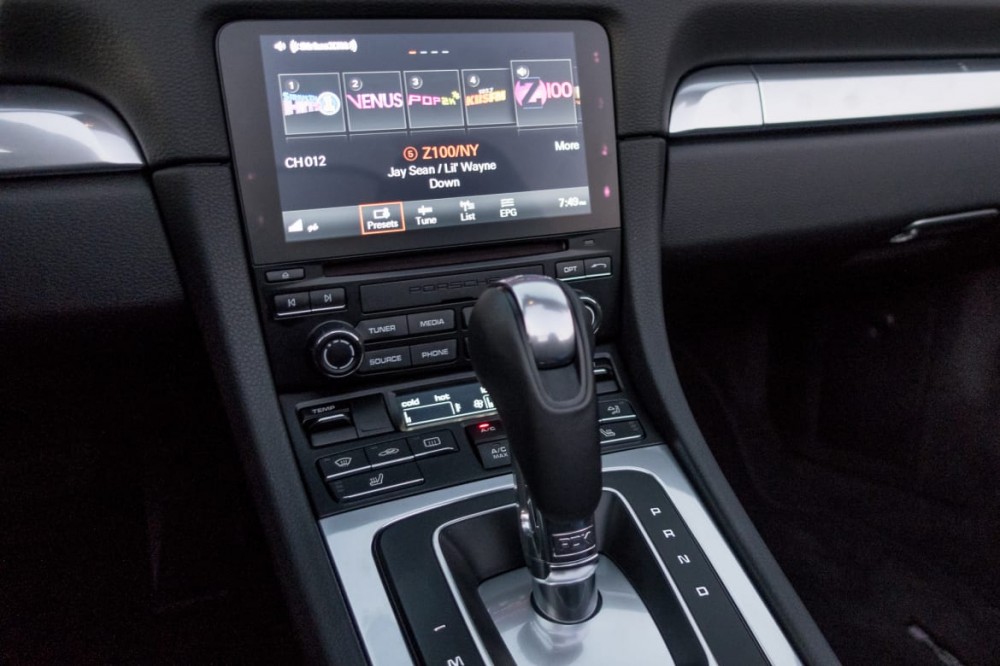
There's also the problem of visibility. With the powered top down, it's easy to see in all directions — but when the roof is up, the opposite is true. The canvas forms large blind spots to both sides, and the rear window is small. Make sure your mirrors are set up perfectly, since you'll have to depend on them a fair amount.
My final gripe has to do with the list of standard equipment. There are many options available, but they're expensive. There are a few things I think should be included standard in a car that costs this much, including automatic climate control and automatic emergency braking.
Conclusion
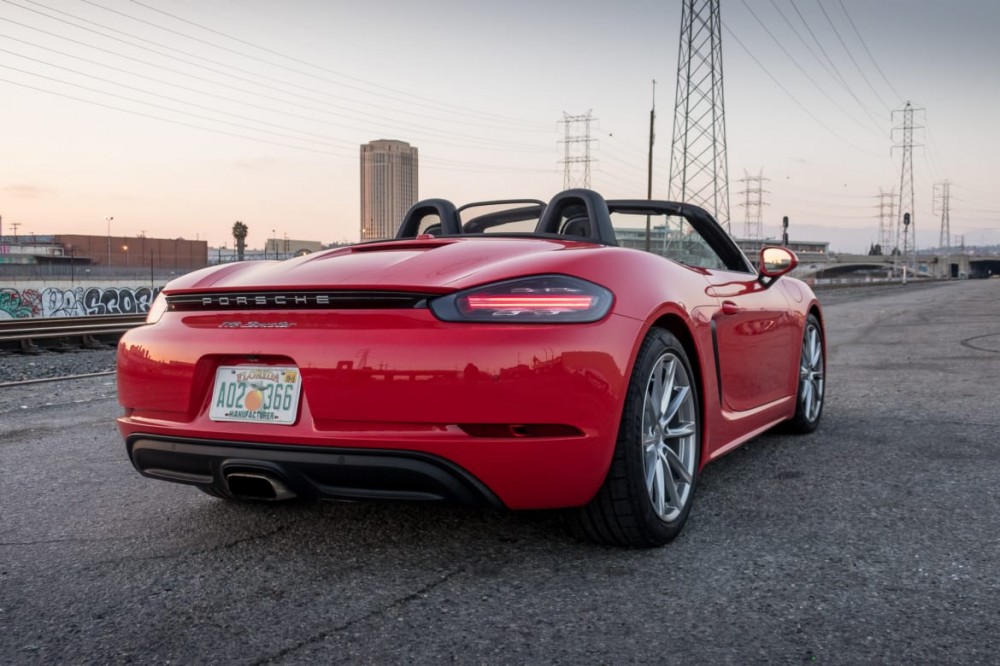
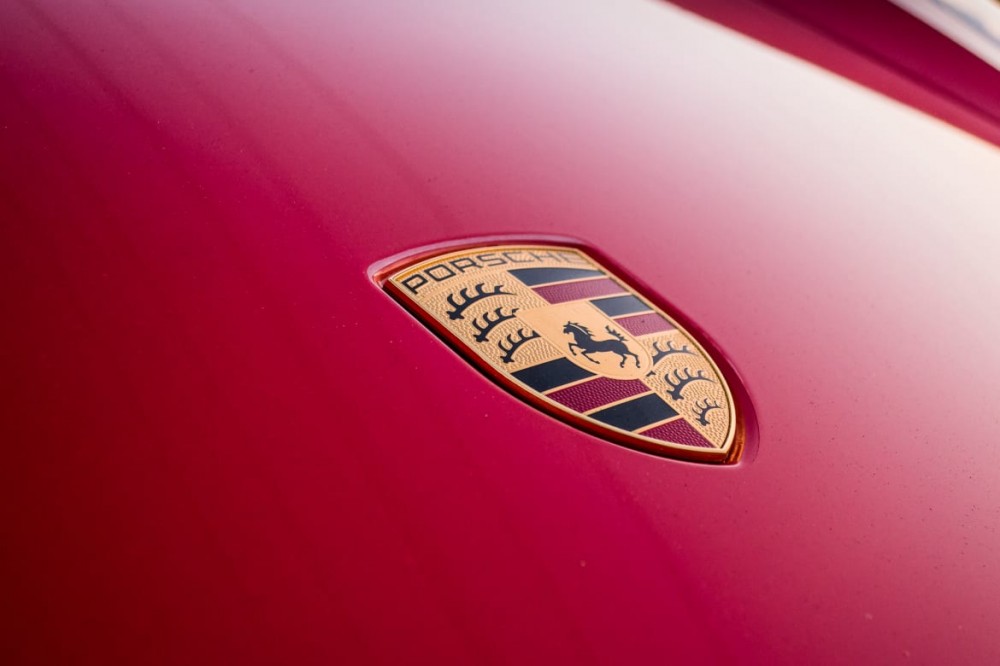
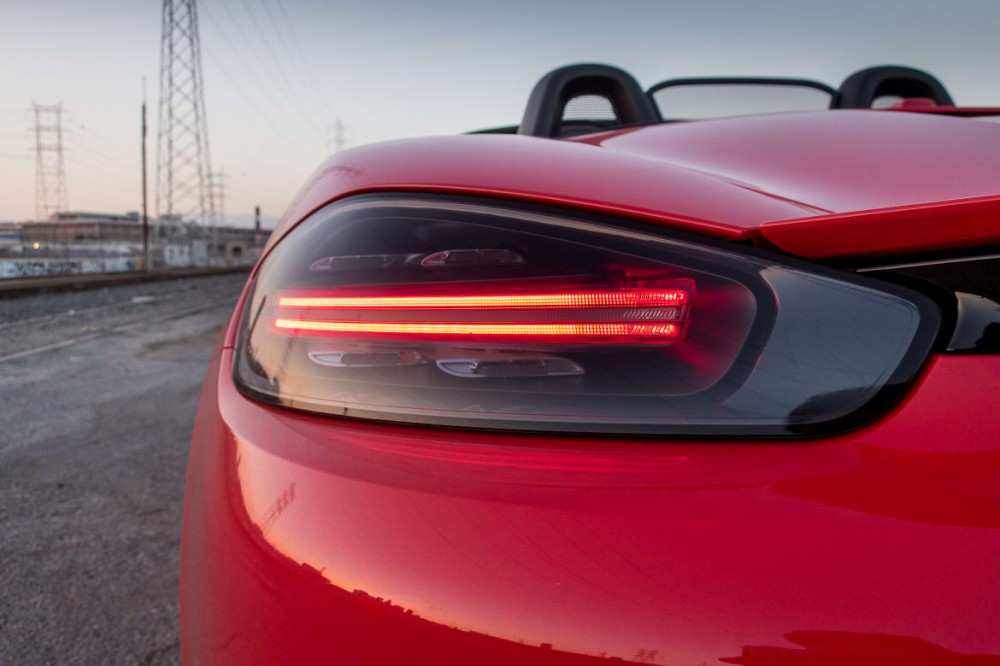
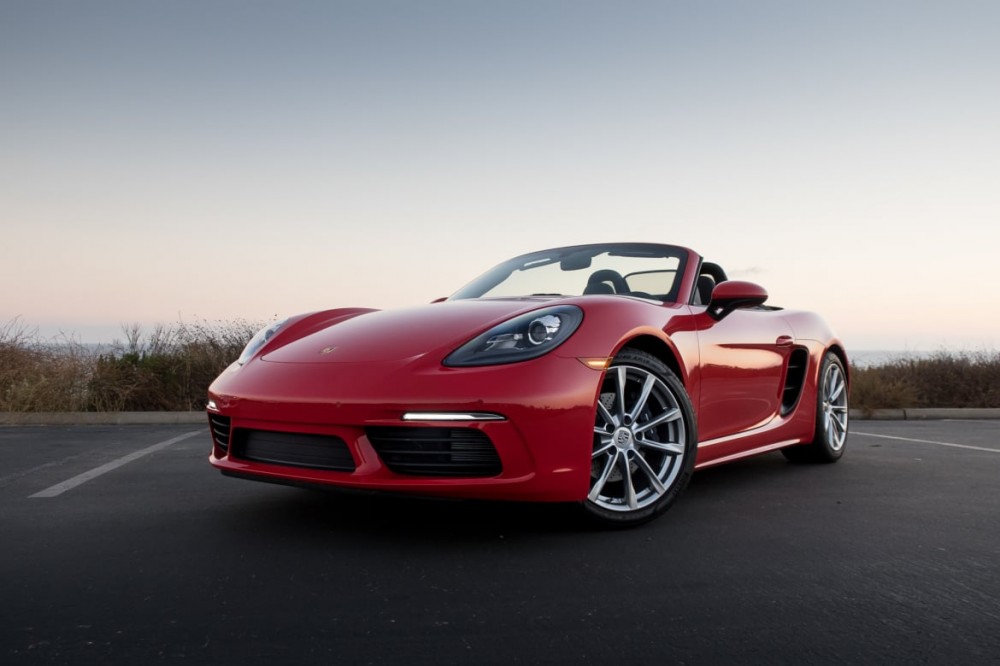
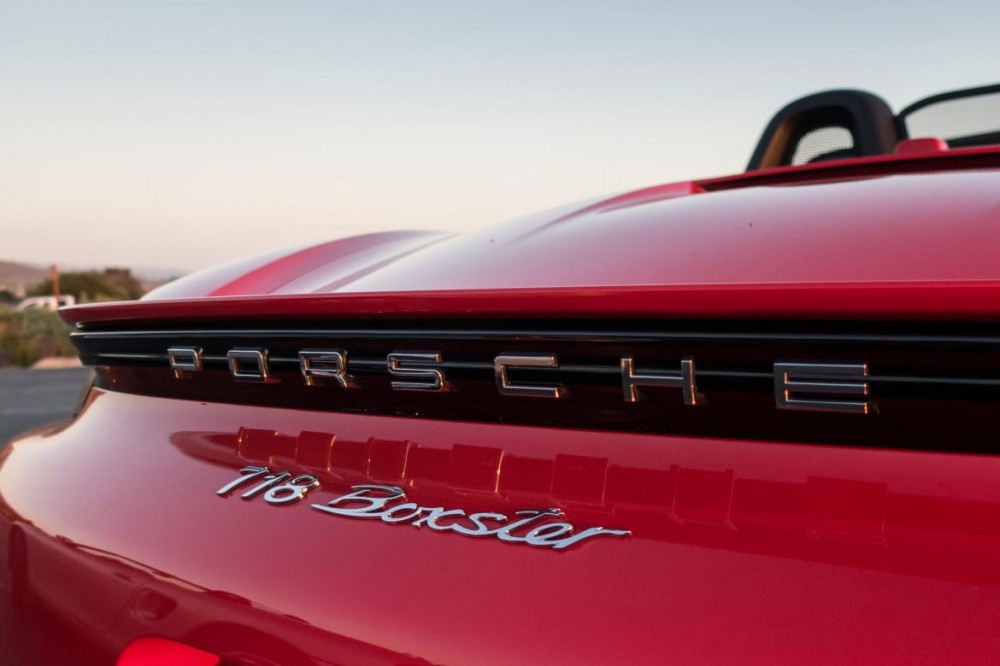
These caveats don't change the fact that the 718 Boxster achieves its goal: It's an unabashed sports roadster that puts a premium on drivability, balance and agility — and it doesn't just complete that mission, it excels at it. Of course, a two-seat convertible that doesn't fit much cargo is not for everyone; kids or a spouse could easily sway the calculus a bit on a car like this. And the price tag is steep for something that offers so little practicality and not-great fuel economy.
But if your mission is as singular as the 718 Boxster's and your objective is to find the car that's the most fun to drive, I promise you won't be disappointed.








